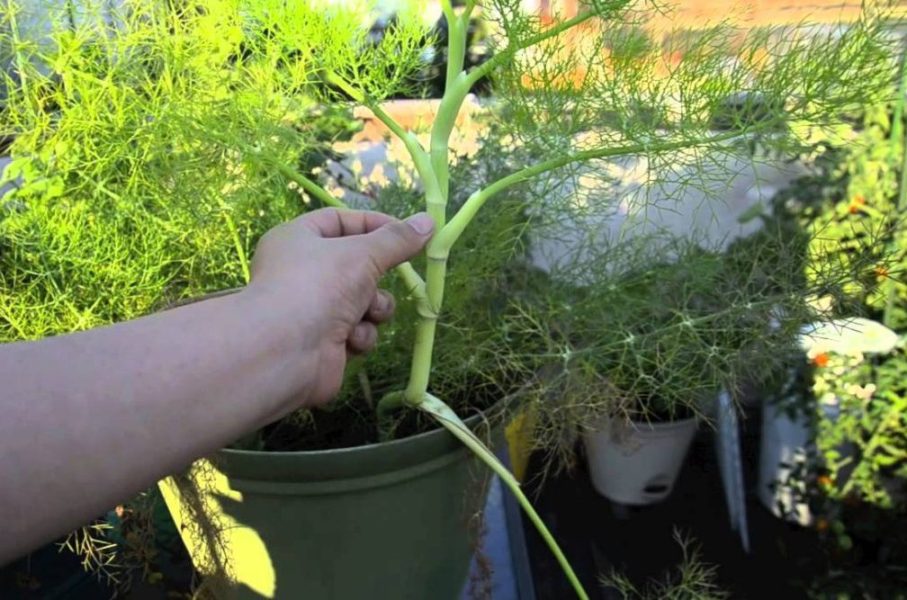General Information
- Category- Vegetable, Spice
- Binomial Name- Foeniculum vulgare
- Common Names- Fennel, finocchio, finuke, Sauf
- Spread- 18-24 inches**
- Height- 20-24 inches**
- Average Production-
- Days to Maturity- 80-115 days
Nutrition Values:
- Calories: 345 (seeds), 14 (bulbs)
- Water: 8.8%
- Protein: 15.8 grams
- Carbohydrates: 52 grams
- Fiber: 40 grams
- Fat: 14.9 grams
Vitamins
- Vitamin C- 21 mg
- Vitamin B1- 0.41 mg
- Vitamin B2- 0.35 mg
- Vitamin B3- 6.1 mg
- Vitamin B6- 0.47 mg
Minerals
- Potassium- 1694 mg
- Calcium- 1196 mg
- Iron- 18.5 mg
- Manganese- 6.5 mg
- Magnesium- 385 mg
- Phosphorous- 487 mg
- Sodium- 88 mg
- Zinc- 4 mg
*The values are standard average per 100 grams and might change a bit.
Environmental Requirements:
- Soil- Loamy and rich in organic matter
- Soil Moisture- 22%
- Soil pH- 5.5-6.8
- Sun Requirements- Full Sun
- Soil temperature-18 to 32°C
- Best Time to Plant- Mid to Late winter (sept-oct)
Tips to Grow Fennel:
The type of fennel you choose to grow will depend on what part of the fennel plant you wish to use. A type of Fennel is grown for its bulbous stem, which can be eaten raw, grilled or baked. Second type of fennel does not produce the same bulbous stem. It is grown for its delicate leaves, which are used as a herb.
- Arrange good quality of bulbous stem from nursery or where u can .
- The soil should be fertile and well-drained in nature.
- Arrange a pot at least 12 inches deep, filled with light soil with some added gravel for drainage. Gravel layer should be 1 to 1.5 inch.
- Place the stem in the pot. Grow one fennel plant in each pot, so that the bulb has enough space to grow.
- Once the bulb begins to form at the base of the stem, hill up the surrounding soil to cover it. This shades it from the sun and prevents it from turning green. This is known as “blanching”, as it keeps the bulb white and sweet
- Florence fennel bulbs can be harvested once they reach the size of a small tennis ball, usually in late summer/early autumn. To harvest, cut the fennel below the bulb at the soil line. Use immediately, or store in the refrigerator for several days.
- Add aged compost and mulch around the plant to retain the moisture. We can add some amount of kitchen waste or animal waste in the soil to improve the fertility of soil.
- Fennel seeds can be harvested as soon as they’re ripe and the plant’s flowers have turned brown. Allow the seeds to dry completely, then store them in a cool, dark place in an airtight container. They will keep for up to six months.
Chemical Constituents of FENNEL:
- A volatile oil which contain anethole (50%), which is responsible for sweet taste.
- Fenchone (camphoraceous odour).
- Some fixed oils and proteins (20%).
Uses:
- Aromatic and Carminative, Stomachic.
- Reduces water retention and supress appetite.
- It is used for various digestive problems including heartburn, intestinal gas, bloating.
- It is also used for upper respiratory tract infections, coughs, bronchitis, cholera, backache, bedwetting, and visual problems.
Show Comments



